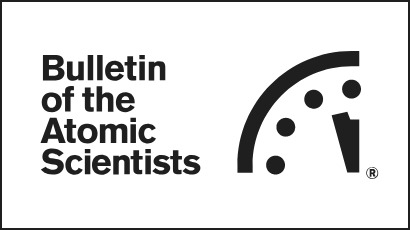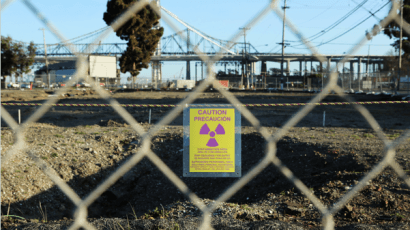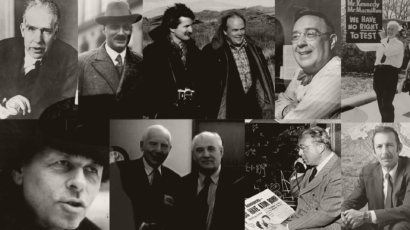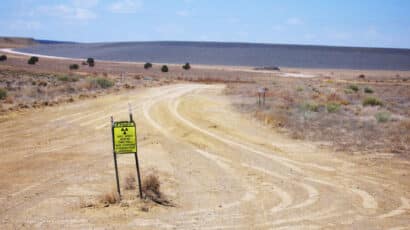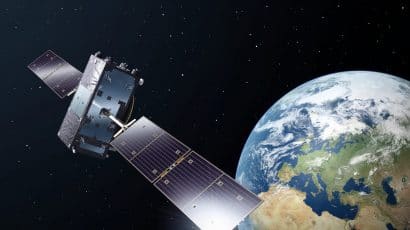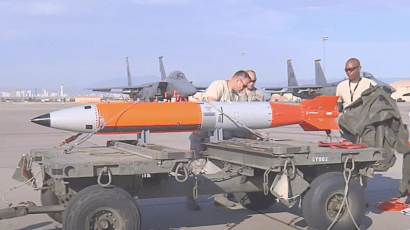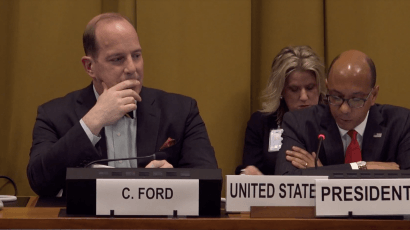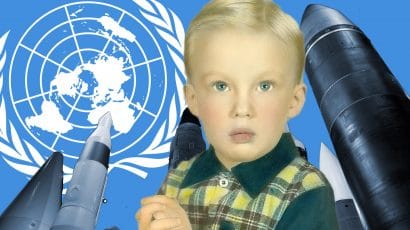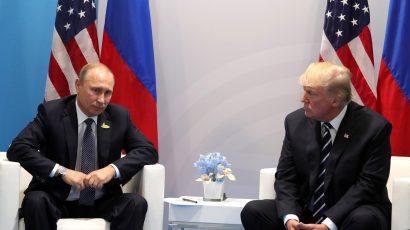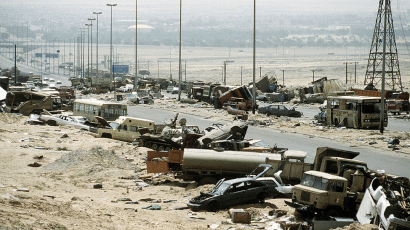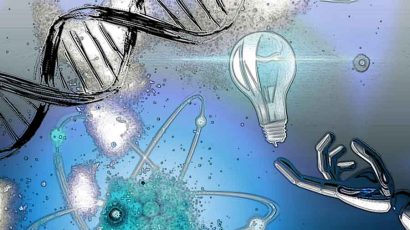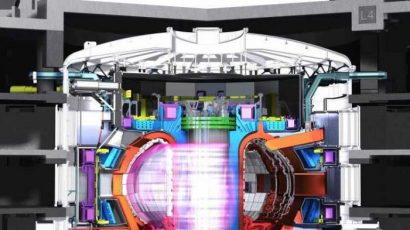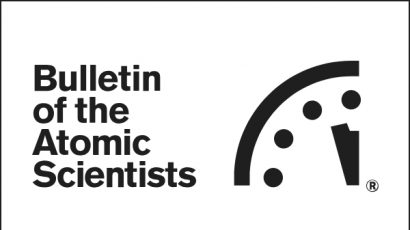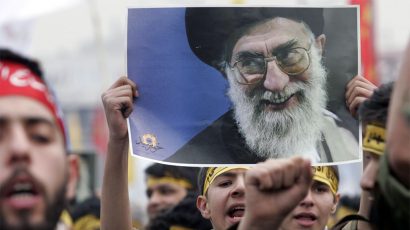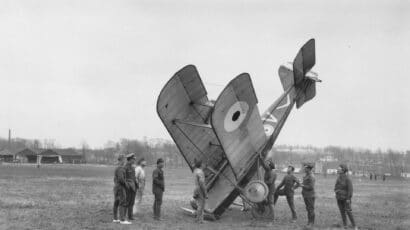Search results for
Treasure Island cleanup exposes Navy’s mishandling of its nuclear past
For decades before it was selected for closure, the Treasure Island Naval Station in San Francisco Bay overhauled military ships and housed nuclear war academies that used radium, plutonium, and cesium 137 in their training courses. The Navy knew for years that those materials were not always in safe hands. But it did not acknowledge that history publicly, and as a result, workers preparing for civilian redevelopment may have inadvertently spread radioactive material around the island, The Center for Investigative Reporting (CIR) has found in a yearlong investigation co-published by the Bulletin of the Atomic Scientists.
Not just Oppenheimer: How other scientists tried to change nuclear weapons policy for the better
With Oppenheimer (the movie) poised to receive many Academy Awards tonight, let’s remember the many other scientists who tried to change nuclear weapons policy for the better.
No justice is possible without studying the injustices of nuclear weapons
In this commentary, Mari Faines considers the effects of colonialism, White supremacy, and racial injustice on nuclear weapons policy.
Avoiding an unintentional space war: Lessons from Cold War nuclear diplomacy
Given that there has never been a war in space, countries have little experience to draw upon to predict what behavior might motivate a potential competitor to respond with threatening actions—and how quickly and in what manner those actions could escalate to a full-blown conflict. To help control this situation, we may want to take a look at what was done during the Cold War, when concerns about unintentional escalation focused on nuclear weapons.
The ban treaty must address the scientifically predicted consequences of nuclear war
To date, there has been an unfortunate avoidance (among both diplomats and NGOs) of any explicit discussion of the effects of nuclear war; instead the language of the general conversation has tended to focus on the effects of a nuclear weapon, in the singular.
Do Germany and the Netherlands want to say goodbye to US nuclear weapons?
The United States still deploys about 100 nuclear weapons in Europe under NATO’s nuclear sharing policy. Germany and the Netherlands are now debating the prospective withdrawal of these weapons. This article presents the findings of a recent public opinion poll in the two countries on withdrawal.
Sidetrack or kickstart? How to respond to the US proposal on nuclear disarmament.
Speaking to the Geneva-based Conference on Disarmament on March 26, US Assistant Secretary of State Chris Ford presented the “Creating an Environment for Nuclear Disarmament” (CEND) initiative, which aims to bring countries together to explore how “it might be possible to ameliorate conditions in the global security environment so as to make that environment more conducive to further progress toward—and indeed, ultimately to achieve—nuclear disarmament.” Other interested states, and particularly US allies, should engage with the initiative, but with caveats.
Seismic waves from North Korea suggest a repeat of the 2013 nuclear test
The world's ability to monitor the Comprehensive Test Ban Treaty prevents rogue nations from claiming nuclear capacities that they don't have
Curious coincidence: the birth of Donald Trump and the struggle to abolish nuclear weapons
Donald Trump was born on June 14, 1946. At that exact moment, the United States presented a blueprint for the abolishment of nuclear weapons to the United Nations Atomic Energy Commission. The rest is history.
New START: A timeline of inaction and disingenuous proposals
On entering office, Joe Biden will have just 16 days to save the only treaty limiting US and Russian nuclear arsenals. How did we get here?
War and the environment: The disturbing and under-researched legacy of depleted uranium weapons
There has been a lack of research and education into the effects of depleted uranium munitions on post-conflict communities in Iraq and Syria, and cleanup efforts by both UN member countries and affected communities have failed.
Neuro, cyber, slaughter: Emerging technological threats in 2017
Looking back at our best coverage in 2017 of emerging technological threats.
A neutral state’s perspective on the ban—and a compromise
A possible compromise between the haves and have-nots of nuclear weaponry may be the creation of nuclear-weapons-free zones, along with promises to not use nukes against unarmed states
South Asia is not the most dangerous place on Earth
While the nuclear situation between India and Pakistan is not good, it's been over-dramatized as near-inevitable here in the West, says a noted physicist from the region.
Fusion reactors: Not what they’re cracked up to be
Long touted as the “perfect” energy source, fusion reactors share many drawbacks with fission—and even add a few new ones of their own.
It is 30 seconds closer to midnight
The full text of the Bulletin Science and Security Board 2017 Doomsday Clock statement, which moved the Clock to two and a half minutes to midnight.
It is still three minutes to midnight
In keeping the hands of the Doomsday Clock at three minutes to midnight, the members of the Bulletin of the Atomic Scientists Science and Security Board mean to make a clear statement: The world situation remains highly threatening to humanity, and decisive action to reduce the danger posed by nuclear weapons and climate change is urgently required.
How does religion really influence Iranian nuclear policy?
Shia doctrine, a mystery fatwa, and Tehran's real interests
Introduction: Near-misses, close calls, and early warnings
There are many lessons that we still haven’t learned from the world's close calls and near-misses. But there’s reason for hope.
